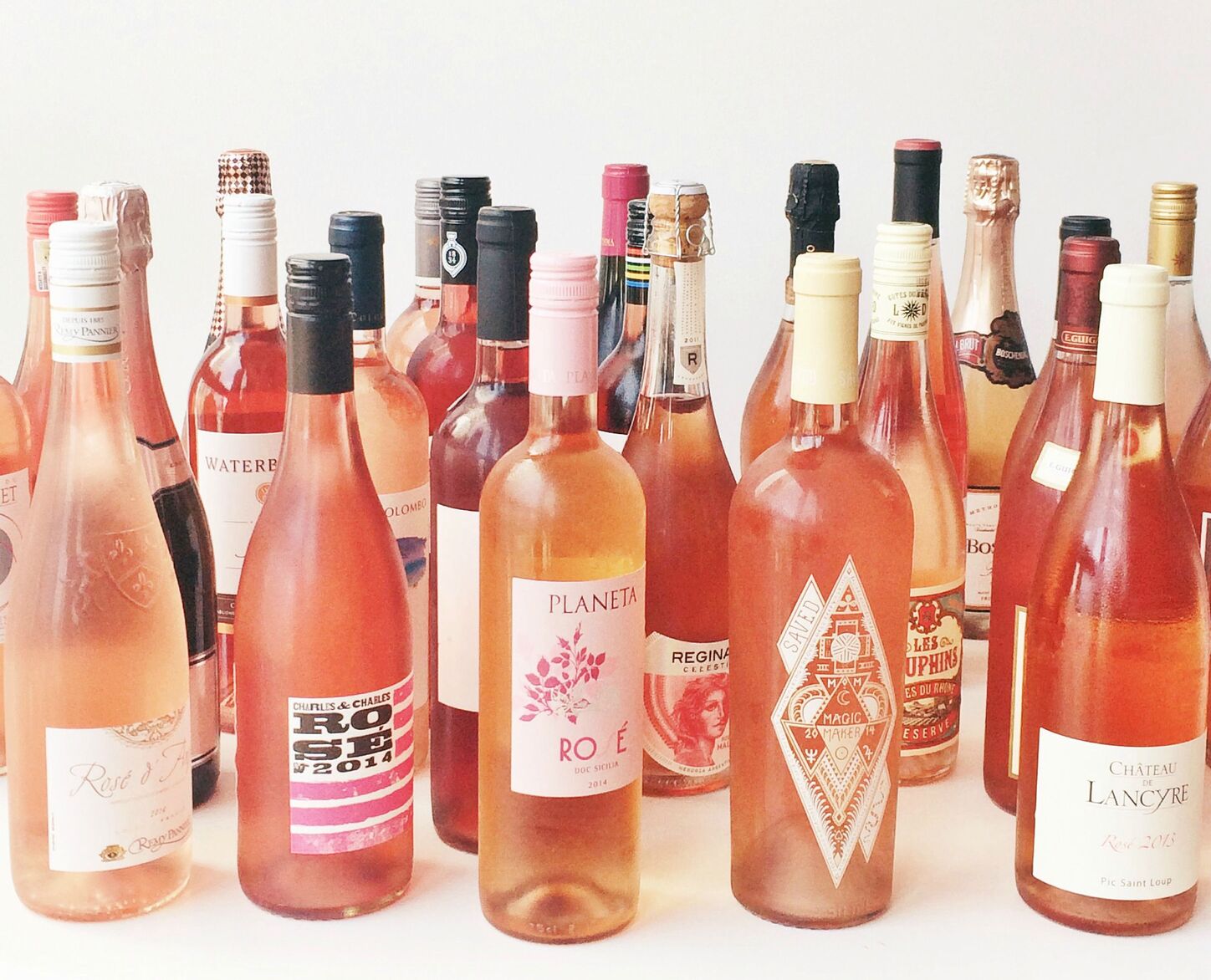

Articles
How To Store Rose Wine
Modified: October 18, 2024
Learn the best methods for storing rose wine with our informative articles. Keep your favorite bottle fresh and enjoyable for longer with our expert tips.
(Many of the links in this article redirect to a specific reviewed product. Your purchase of these products through affiliate links helps to generate commission for Storables.com, at no extra cost. Learn more)
Introduction
Welcome to the wonderful world of rose wine! Whether you’re a wine connoisseur or just a casual wine drinker, properly storing your rose wine is essential to maintaining its quality and ensuring a delightful drinking experience. In this article, we will guide you through the process of storing rose wine, from choosing the right location to opening and consuming it. So, grab a glass of your favorite rose wine and let’s dive in!
Rose wine, known for its beautiful pink hue and refreshing taste, is a popular choice for many wine enthusiasts. Made from a variety of grapes, such as Grenache, Syrah, and Pinot Noir, rose wine offers a unique balance of fruity flavors and acidity. It’s best enjoyed chilled and can be a perfect companion for a sunny afternoon or a romantic dinner.
When it comes to storing rose wine, the golden rule is to treat it like any other wine. Proper storage conditions are vital to preserving its flavor, aroma, and overall quality. From temperature control to cork maintenance, every aspect plays a crucial role in maintaining the integrity of the wine. So, let’s explore the key elements to consider when storing rose wine.
Key Takeaways:
- Properly storing rose wine is crucial for preserving its quality. Choose a stable, dark location, maintain temperature and humidity, and handle with care when opening and consuming to enjoy the delightful flavors.
- From temperature control to cork maintenance, every step in storing rose wine is essential. Protect it from light exposure and strong odors, and savor the fruits of your patient storage practices when enjoying the wine.
Read more: How To Store A Rose
Choosing the Right Storage Location
When it comes to storing rose wine, the first step is to find the right storage location. Ideally, you want to choose a place that provides a stable environment with minimal temperature fluctuations, humidity control, and protection from light exposure. Here are a few factors to consider when selecting the perfect storage location for your rose wine:
- Temperature: One of the most critical factors in storing rose wine is maintaining a consistent temperature. The ideal temperature range for storing rose wine is between 45°F (7°C) and 55°F (13°C). Avoid extreme temperatures, as they can negatively impact the wine’s flavor and cause premature aging.
- Humidity: Proper humidity levels are essential to prevent the cork from drying out and allowing oxygen to enter the bottle. Aim for a humidity level of around 70%. Too much humidity can lead to mold growth, while too little can result in cork shrinkage and leakage.
- Light Exposure: Rose wine, like other wines, is sensitive to light. Exposure to ultraviolet (UV) light can cause chemical reactions in the wine, resulting in unpleasant flavors and aromas. Choose a storage location away from direct sunlight or install UV-blocking window films.
- Vibration: Constant vibrations can disturb the sediments in the wine and affect its overall quality. Avoid storing rose wine near appliances or areas with high foot traffic.
Considering these factors, some ideal storage locations for rose wine include a temperature-controlled wine cellar, a dedicated wine refrigerator, or a cool, dark closet. These places provide the necessary conditions to preserve the wine’s freshness and flavors over an extended period.
In addition to the storage location, it’s also crucial to consider the position in which you store your rose wine. Let’s explore the recommended storage position in the next section.
Temperature and Humidity Control
Proper temperature and humidity control play a vital role in preserving the quality and characteristics of rose wine. Let’s delve into the details of maintaining these essential factors:
Temperature: Keeping your rose wine at a consistent temperature is crucial. Fluctuations in temperature can cause the wine to expand and contract, leading to oxidation and spoilage. It is recommended to store rose wine between 45°F (7°C) and 55°F (13°C).
Extreme heat can accelerate the aging process and result in a cooked or “flabby” flavor profile. On the other hand, chilling rose wine too much can weaken its flavors and make it taste dull. Aim for a stable temperature to ensure the wine ages gracefully and maintains its freshness.
Humidity: Maintaining the right humidity level is essential in preserving the integrity of the cork and preventing oxidation. A humidity level of around 70% is ideal for storing rose wine. This helps keep the cork moist and creates a tight seal, preventing air from entering the bottle.
Low humidity can cause the cork to dry out and shrink, leading to leakage and potential oxidation. On the other hand, high humidity can encourage mold growth, which can negatively affect the wine’s aroma and taste. Using a hygrometer, ensure that your storage area maintains the recommended humidity level.
Investing in a temperature-controlled wine cellar or a wine refrigerator can help you maintain optimal temperature and humidity levels consistently. These storage solutions provide a controlled environment that protects your rose wine from external fluctuations.
Now that we’ve covered temperature and humidity control, let’s move on to the next aspect of storing rose wine: light exposure.
Light Exposure
Light exposure is a critical factor to consider when storing rose wine. Direct exposure to light, especially ultraviolet (UV) light, can have detrimental effects on the wine’s flavor, aroma, and overall quality. Here’s what you need to know about protecting your rose wine from light:
UV Light: UV rays can cause chemical reactions in wine, leading to the development of unpleasant flavors and aromas. This is commonly known as “light strike” or “light damage.” To prevent this, store your rose wine in a dark area away from direct sunlight or other sources of UV light.
If you don’t have a dedicated wine cellar or storage room, consider using UV-blocking window films or covering the bottles with wine sleeves or opaque bags to shield them from light. These protective measures can help maintain the wine’s quality over an extended period.
Artificial Lighting: While natural light is a primary concern, it’s also essential to consider artificial lighting. Fluorescent and LED lights can emit low levels of UV radiation, which can still impact the wine if exposed for long periods. If storing rose wine in an area with artificial lighting, choose warm-colored bulbs or consider dimming the lights to reduce the direct exposure.
As a general rule, keeping your rose wine in a cool and dark environment is key to protecting it from light damage. This ensures that the wine maintains its vibrant color, fresh aromas, and delicate flavors.
Now that we’ve covered light exposure, let’s move on to another aspect of storing rose wine – the proper storage position.
Storage Position
The storage position of your rose wine is another important consideration for maintaining its quality over time. While some wines benefit from aging on their sides, rose wine is best stored upright. Here’s why:
Preventing Oxidation: Unlike red wine, which typically has higher tannin content and benefits from contact with the cork, rose wine has minimal tannins. Storing it upright helps minimize oxidation by reducing the surface area of the wine exposed to air. This is especially important if your rose wine has a screw cap closure instead of a cork.
Preserving Freshness: Storing rose wine upright helps preserve its freshness and fruity flavors. It prevents the wine from interacting with the cork, which can lead to off-putting flavors or the cork absorbing unwanted aromas.
When storing your rose wine upright, make sure the bottles are secure and won’t roll or tip over. Placing them in a wine rack or on a stable surface can help prevent any accidental movements that could disturb the sediments or cause damage to the bottles.
However, if your rose wine has a cork closure and you plan to store it for an extended period, you may consider storing a few bottles on their sides. This ensures the cork remains moist and maintains a tight seal. Just be cautious when it comes to long-term storage to prevent potential cork drying or contamination issues.
Now that we’ve covered the storage position, let’s address another critical factor in storing rose wine – avoiding odor contamination.
Store rose wine in a cool, dark place away from direct sunlight and temperature fluctuations. Keep the bottle lying on its side to keep the cork moist and prevent oxidation. Avoid storing it in the fridge for extended periods as it can affect the wine’s flavor.
Read more: How To Store Dried Roses
Avoiding Odor Contamination
When storing rose wine, it’s crucial to keep it away from strong odors that can permeate through the cork and affect its aroma and taste. Here are some tips to avoid odor contamination:
Separate Strong-Smelling Substances: Keep your rose wine away from items with strong odors such as spices, cleaning agents, or strong-smelling foods. These odors can easily seep through the cork and taint the delicate flavors and aromas of the wine. Store your wine in a separate area or cabinet to minimize the risk of odor contamination.
Seal It Properly: Make sure the cork or closure is tightly sealed to prevent any external odors from entering the bottle. Inspect the cork and ensure it’s in good condition before storing the wine. If you discover any signs of damage or leakage, consider resealing the bottle with a new cork or using a wine stopper to maintain the integrity of the wine.
Maintain Good Ventilation: Adequate ventilation in your storage area is essential to prevent trapped odors. It helps dissipate any lingering smells and reduces the chances of odor transfer to the wine. Ensure there is sufficient air circulation in the storage space to keep the environment fresh and odor-free.
By taking these precautions, you can protect your rose wine from absorbing unwanted odors, ensuring that every sip is a delightful experience with no unpleasant surprises.
Now that we’ve covered avoiding odor contamination, let’s move on to the importance of proper cork maintenance when storing rose wine.
Proper Cork Maintenance
When storing rose wine, it’s essential to pay attention to the condition and maintenance of the cork. The cork plays a crucial role in preserving the wine’s freshness and preventing oxidation. Here are some tips for proper cork maintenance:
Inspect the Cork: Before storing your rose wine, examine the cork for any signs of damage, such as cracks or mold. A damaged cork can lead to leakage and exposure to air, compromising the wine’s quality. If you notice any issues, consider resealing the bottle with a new cork or using a wine stopper to ensure a tight seal.
Keep the Cork Moist: It’s important to keep the cork moist to prevent it from drying out. Dried-out corks can shrink, allowing air to enter the bottle and spoil the wine. Store your rose wine in a humid environment or use a wine refrigerator that maintains the recommended humidity level of around 70%.
Avoid Temperature Fluctuations: Rapid changes in temperature can cause the cork to expand and contract, potentially leading to cork failure. It is crucial to store the wine in a location with stable and consistent temperature conditions to minimize the risk of cork damage.
Handle the Bottles Carefully: When moving or handling rose wine bottles, be gentle to avoid disturbing the sediment or damaging the cork. Rough handling can cause the cork to loosen, leading to leakage and wine exposure to harmful elements.
By following these practices, you can ensure that the cork remains in excellent condition, maintaining a tight seal and protecting your rose wine from oxidation.
Now that we’ve covered proper cork maintenance, let’s move on to the importance of monitoring and rotating your stored rose wine.
Monitoring and Rotation
Monitoring and rotating your stored rose wine is essential to ensure that it maintains its quality and develops positively over time. Here are some tips for effective monitoring and rotation:
Regular Check-ups: It’s important to regularly check on your stored rose wine to ensure that everything is in order. Inspect the bottles for any signs of leakage, cork damage, or spoilage. This allows you to address any issues promptly and prevent further damage to the wine.
Rotation: If you have multiple bottles of rose wine in your collection, consider implementing a rotation system. This involves moving older bottles to the front and newer bottles to the back. By rotating the bottles, you ensure that the oldest ones are consumed first, preventing them from aging beyond their peak and allowing you to enjoy your rose wine at its best.
Additionally, rotating the bottles can help distribute any sediment that may have settled over time, ensuring a more consistent flavor profile when it comes time to open the bottles.
Keep a Record: Maintaining a record of your stored rose wine can be helpful for monitoring purposes. Note down important details such as the vintage, producer, and storage conditions. This record allows you to track the aging process and make informed decisions about when to consume the wine.
Temperature and Humidity Monitoring: Utilize a thermometer and hygrometer to regularly monitor the temperature and humidity levels in your storage area. This helps ensure that the wine is being stored within the ideal range and that the conditions remain stable over time.
By implementing these monitoring and rotation practices, you can maintain control over your stored rose wine collection and ensure that every bottle is enjoyed at its optimal state.
Now that we’ve covered monitoring and rotation, let’s move on to the final section of our article – opening and consuming stored rose wine.
Opening and Consuming Stored Rose Wine
After carefully storing your rose wine and allowing it to age gracefully, it’s time to open the bottle and savor the flavors that have developed over time. Here are some tips for opening and consuming stored rose wine:
Handle with Care: When it comes time to open a bottle of stored rose wine, handle it with care to avoid disturbing any sediment that may have settled. Gently remove the cork or unscrew the closure, being mindful not to shake the bottle too vigorously.
Decanting: While decanting is not necessary for most rose wines, some aged or complex varieties can benefit from a brief decanting to allow the flavors to fully develop and any sediment to settle. Pour the wine slowly into a decanter, leaving behind any sediment in the bottle.
Allowing the Wine to Breathe: After opening the bottle, give the wine some time to breathe before enjoying it. This can enhance the wine’s aromas and flavors. You can simply let it sit in the glass for a few minutes or use a wine aerator to expedite the aeration process.
Appreciating the Aromas: When tasting stored rose wine, take a moment to appreciate the aromas that have developed over time. Swirl the glass gently to release the bouquet, and then take small, deliberate sniffs to fully experience the wine’s complex aromatics.
Savoring the Flavors: Take small sips of the wine, allowing it to coat your palate. Pay attention to the flavors and texture of the wine, noting any subtle nuances that have emerged through aging. Take your time and savor each sip, appreciating the beauty of the stored rose wine.
Enjoying Food Pairings: Rose wine pairs well with a variety of cuisines, thanks to its versatility and refreshing acidity. When enjoying your stored rose wine, consider pairing it with light seafood dishes, salads, or creamy cheeses. The flavors of the wine can complement the flavors in the food, creating a delightful dining experience.
Remember, the pleasure of consuming stored rose wine lies in the appreciation of the journey it has taken to reach its current state. So, sit back, relax, and enjoy the fruits of your patient storage practices.
Now that we’ve explored the process of opening and consuming stored rose wine, let’s wrap up our article.
Read more: How To Store Rose Petals
Conclusion
Properly storing your rose wine is a key factor in preserving its quality, enhancing its flavors, and ensuring a delightful drinking experience. From choosing the right storage location to monitoring conditions and handling with care, every step plays a crucial role in maintaining the integrity of the wine. By following the guidelines outlined in this article, you can store your rose wine with confidence and enjoy the fruits of your patience.
Remember to choose a storage location with stable temperature and humidity control, protecting your wine from light exposure and strong odors. Keep the bottles in the proper storage position, ensuring the cork remains intact and the flavors remain vibrant. Regularly monitor the bottles and implement a rotation system to ensure that each bottle is enjoyed at its optimal state.
When it’s time to open and consume your stored rose wine, handle the bottles with care, allowing the wine to breathe and appreciating the aromas and flavors that have developed over time. Consider food pairings that can complement the wine and enhance your overall tasting experience.
Whether you’re a wine connoisseur or a casual wine enthusiast, understanding the importance of proper rose wine storage will only enhance your appreciation of this delightful beverage. So, take the time to ensure your rose wine is stored correctly, and enjoy the rewards of a well-preserved bottle.
Now, uncork a bottle of your favorite rose wine, sit back, and savor the moments as you indulge in the beautiful flavors and aromas that await you.
Frequently Asked Questions about How To Store Rose Wine
Was this page helpful?
At Storables.com, we guarantee accurate and reliable information. Our content, validated by Expert Board Contributors, is crafted following stringent Editorial Policies. We're committed to providing you with well-researched, expert-backed insights for all your informational needs.

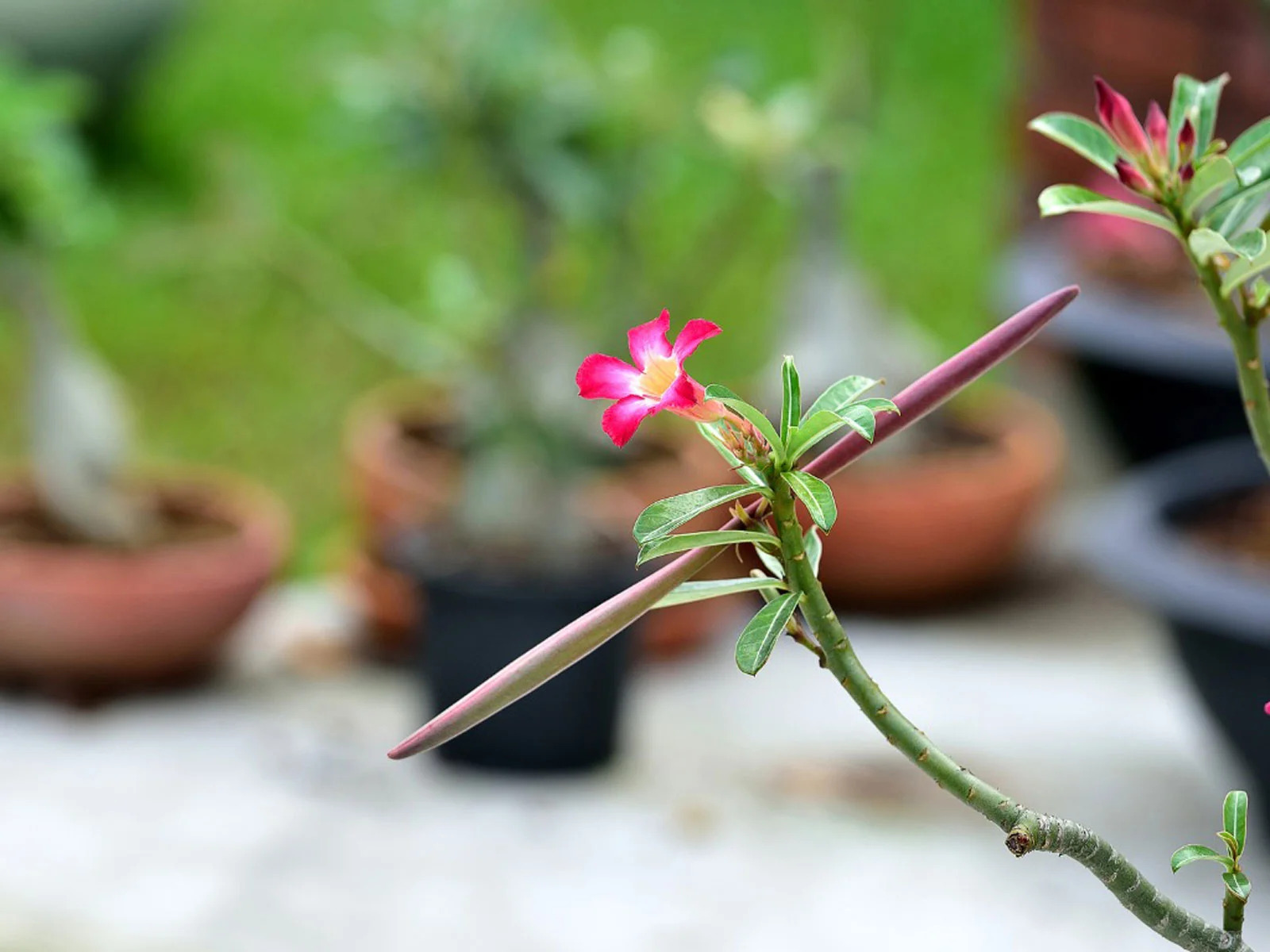

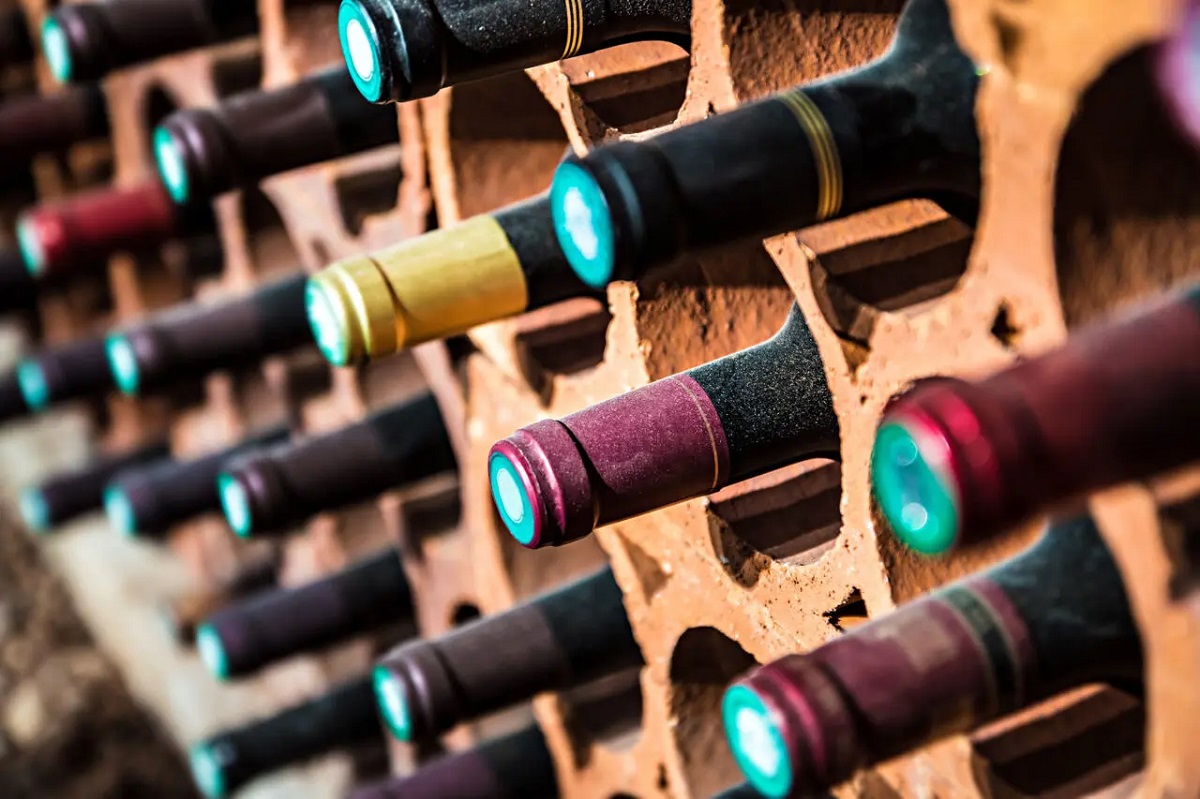



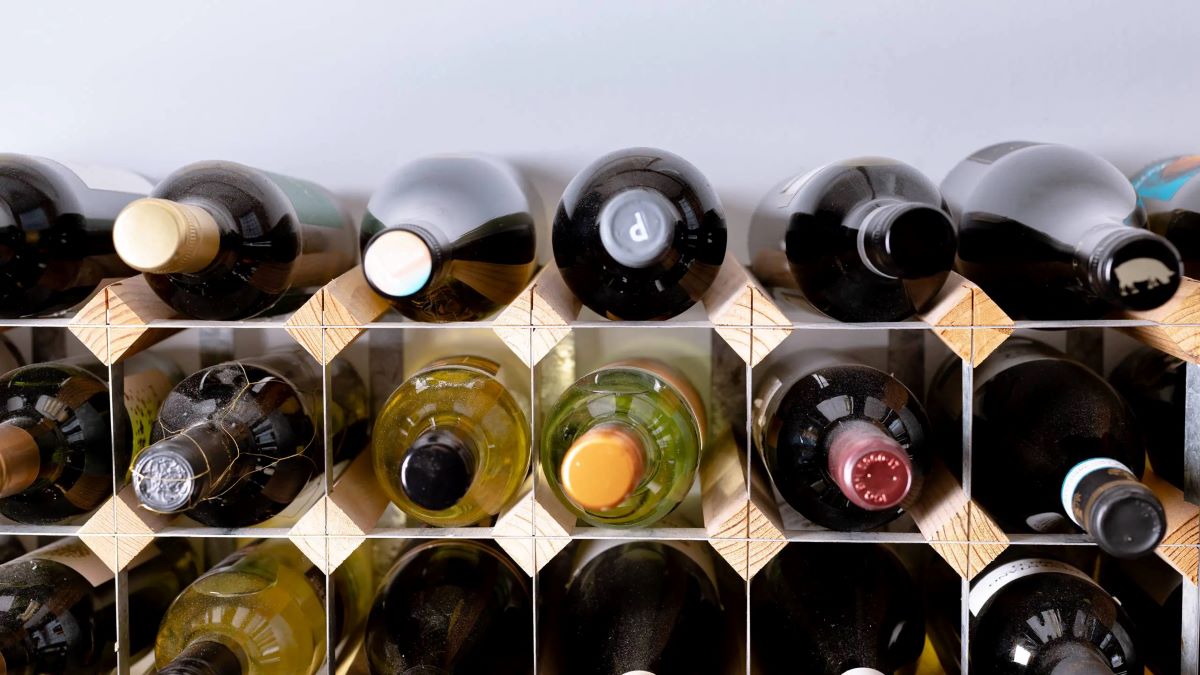



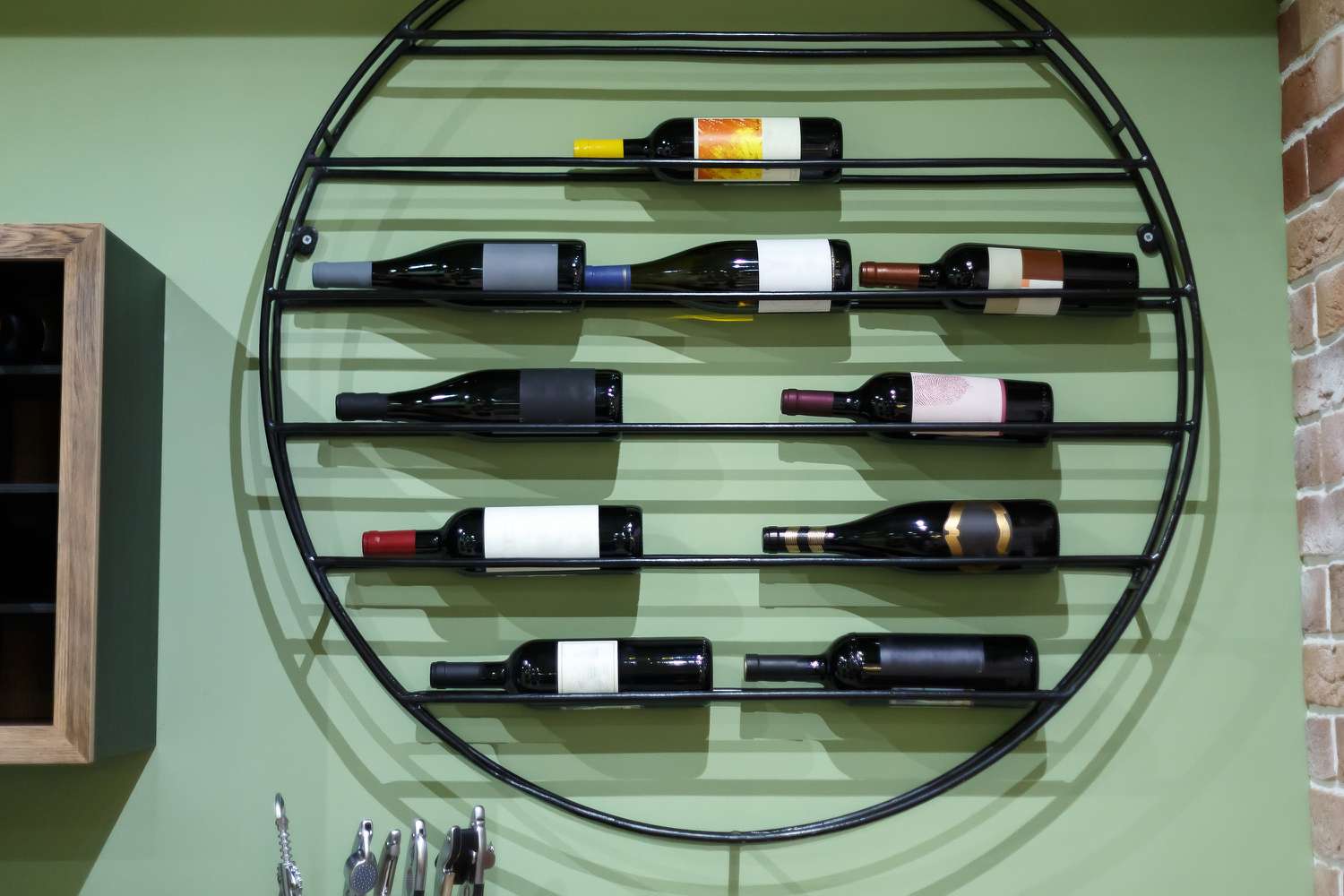
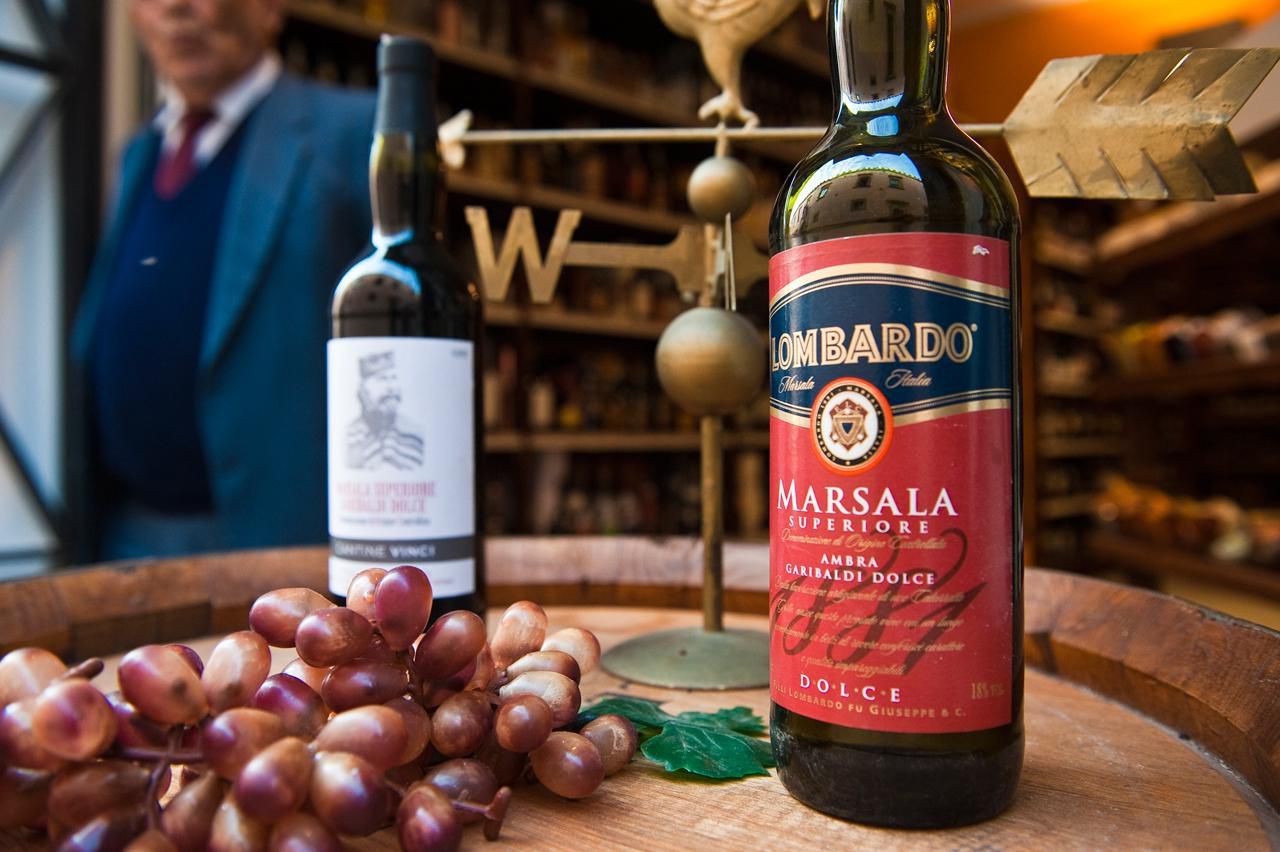

0 thoughts on “How To Store Rose Wine”